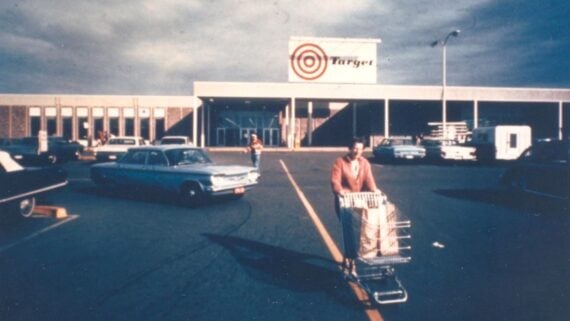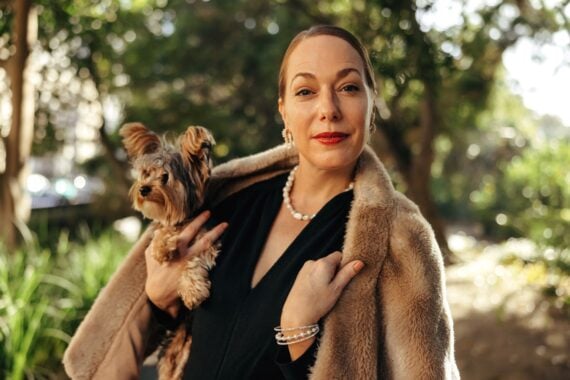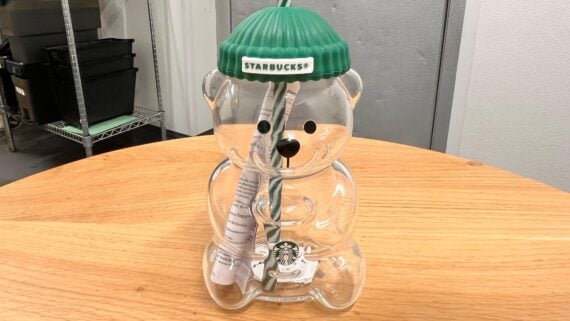On May 1, 1962, a crowd gathered in Roseville, Minnesota, to see something brand-new: a department store that promised designer-style service at discount-store prices. The Dayton Company called it Target, a name dreamed up by publicity director Stewart K. Widdess after testing more than 200 options. Its bright red-and-white bullseye logo symbolized the store’s goal — to “hit the mark” on value, service, and style — and the 135,000-square-foot space was packed with over 75 departments, from fashion to housewares. Shoppers loved it. The first Target store rang up more than $100,000 in sales in its opening week and proved that “discount” didn’t have to mean dull.
Scroll through these 25 vintage photos to see where the bullseye era began — the signage, the aisles, and the optimism that launched one of America’s favorite retailers.
Grand Opening!
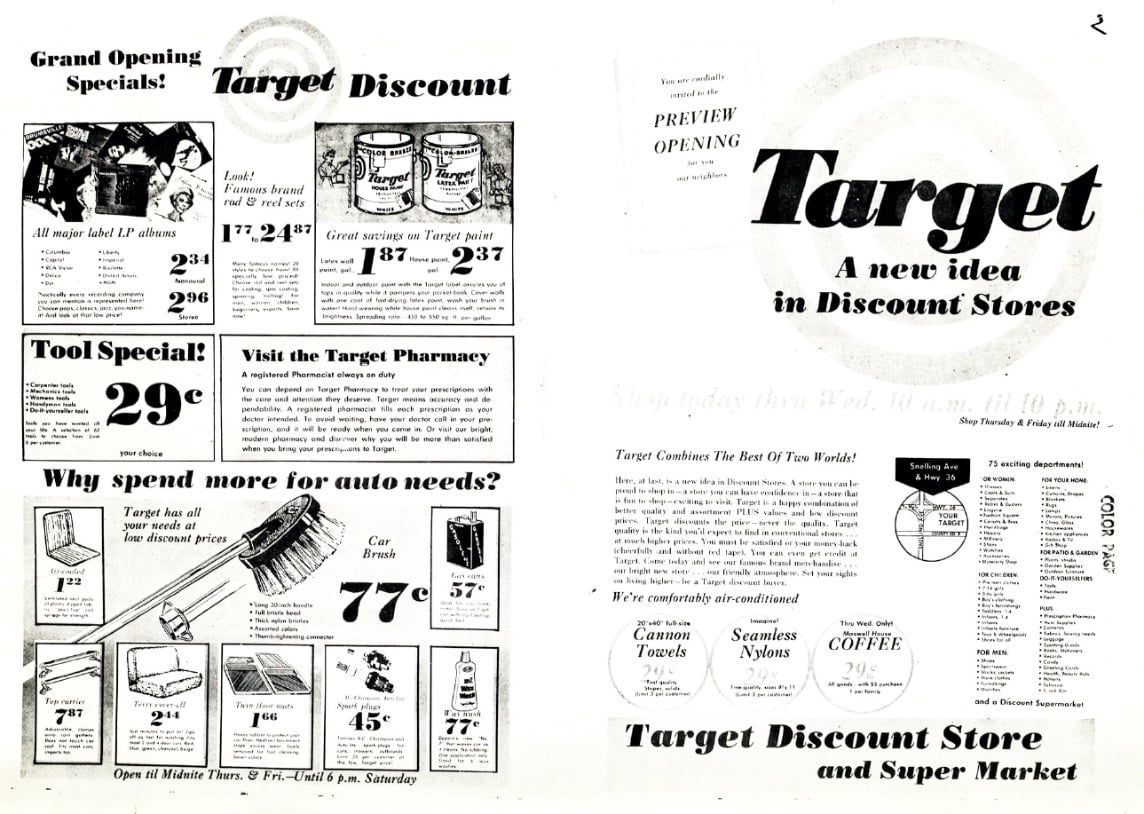
In 1962, “discount” was a dirty word in retail — Target’s challenge was to make it fashionable.
A Modern Discount Department Store
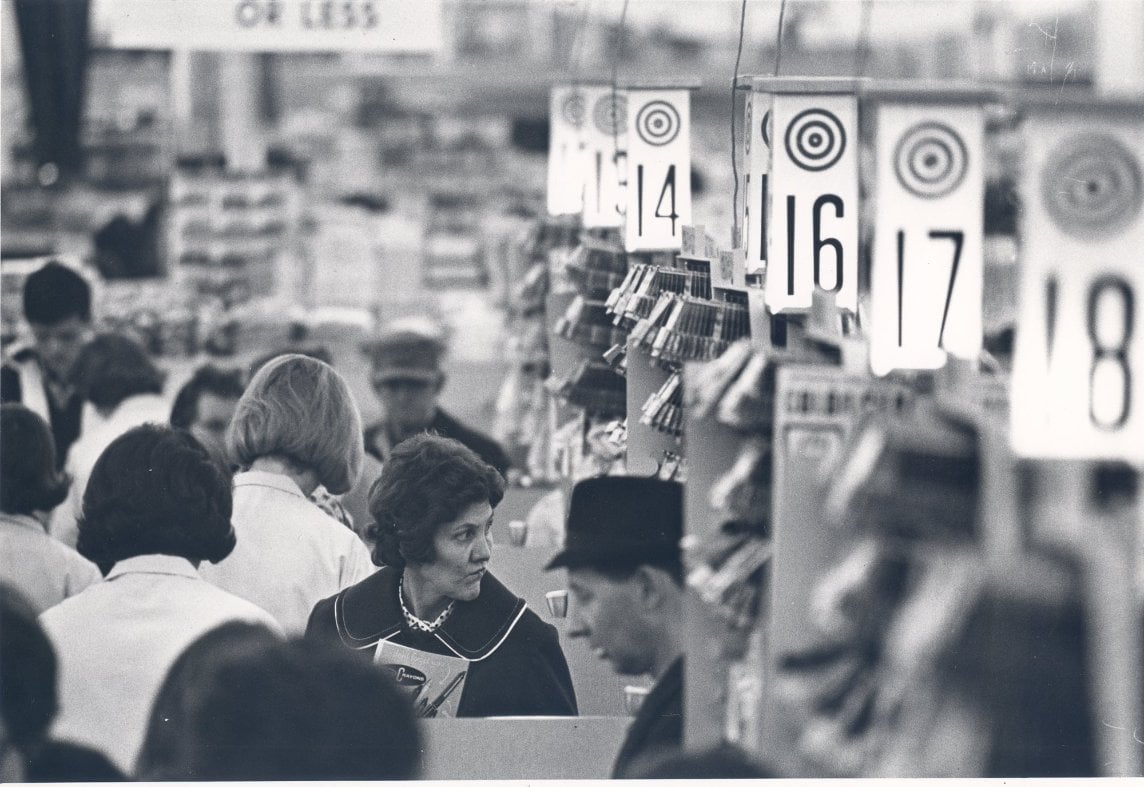
When the first Target opened in Roseville, Minnesota on May 1, 1962, shoppers poured in to see what a “discount department store” even looked like.
A Family Affair

In the toy aisle, kids begged for new hula hoops and Tonka trucks — all advertised as “priced for play.”
Ready To Wear

Target was one of the first discount stores to offer fitting rooms and department-store-style displays — small touches that felt upscale.
Rolling Into the Bullseye Era
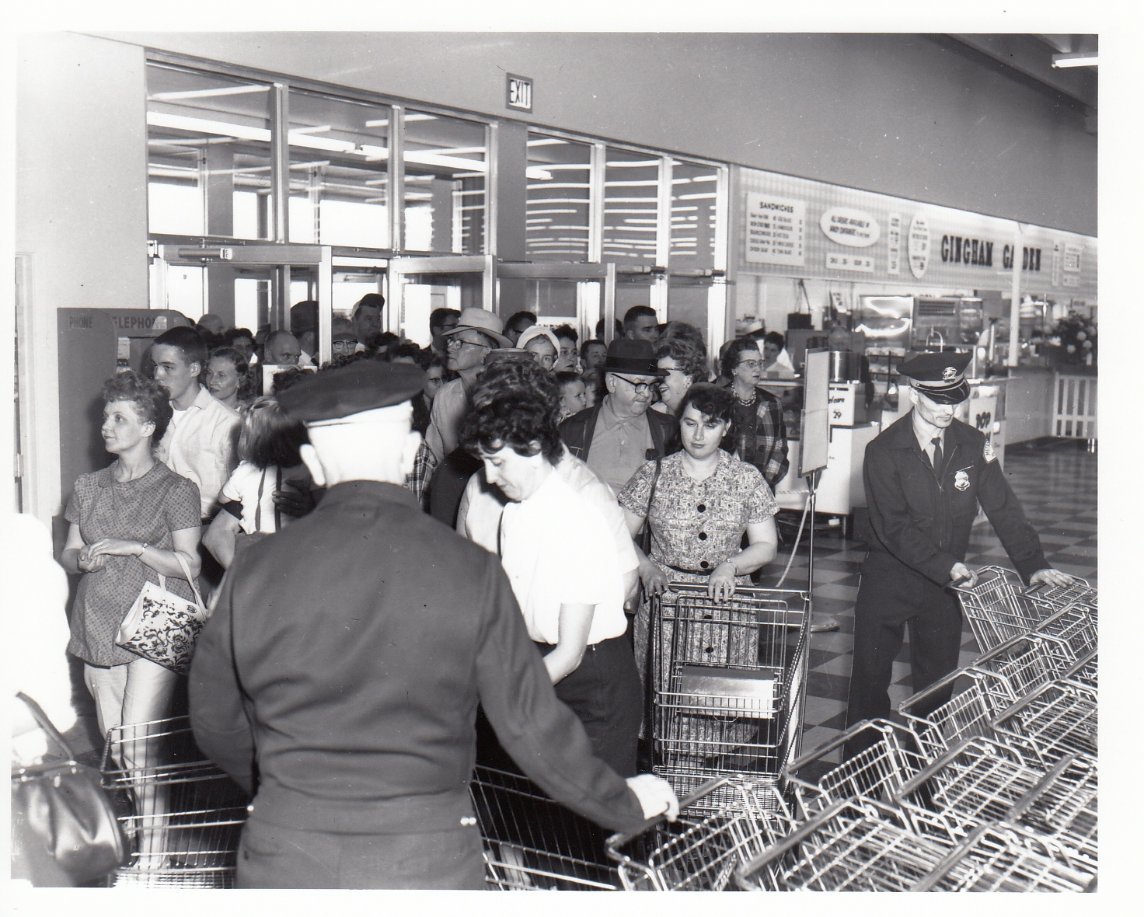
Rows of shiny metal carts rolled through the first Target in 1962, carrying the promise of style, savings, and a little suburban thrill.
Trending on Cheapism
Right on Target (Literally)
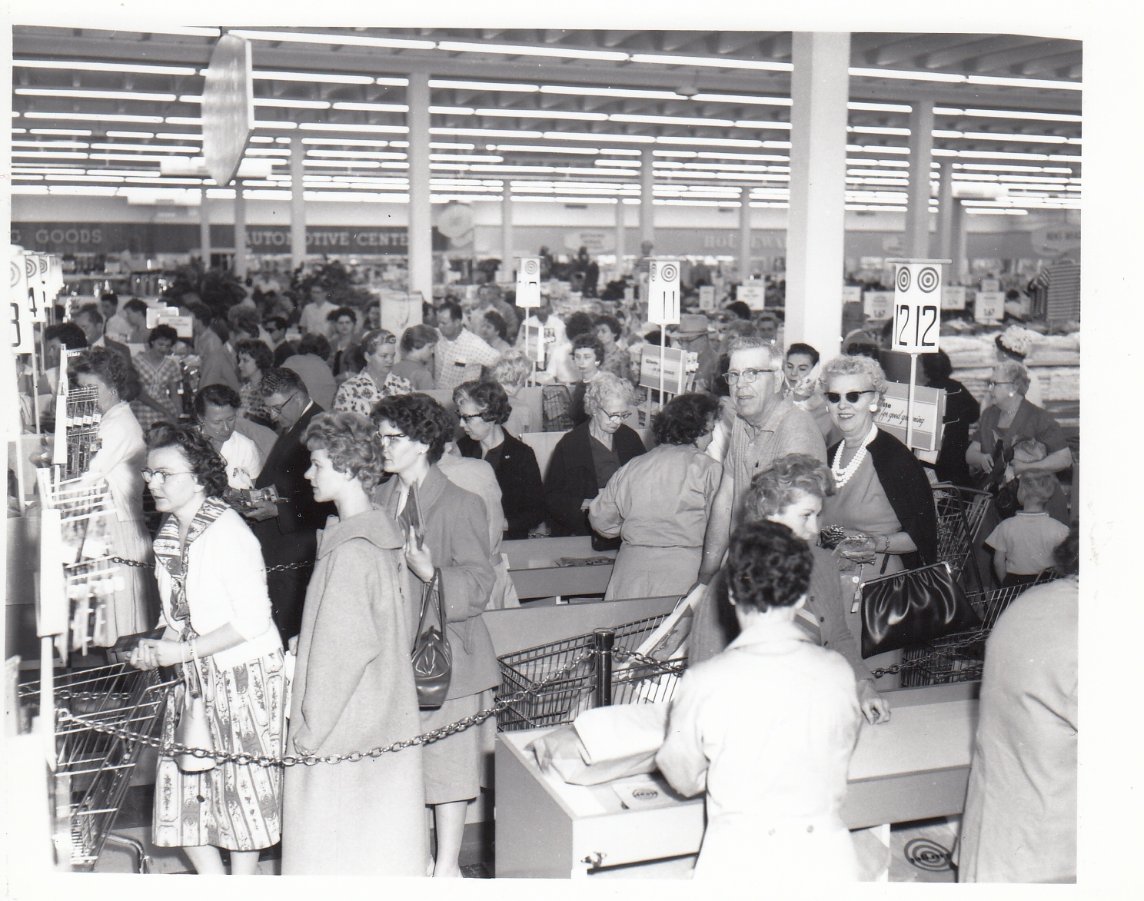
The original tagline was “We’re right on target for value,” a clever nod to both accuracy and affordability.
Fun, Fast, and Friendly
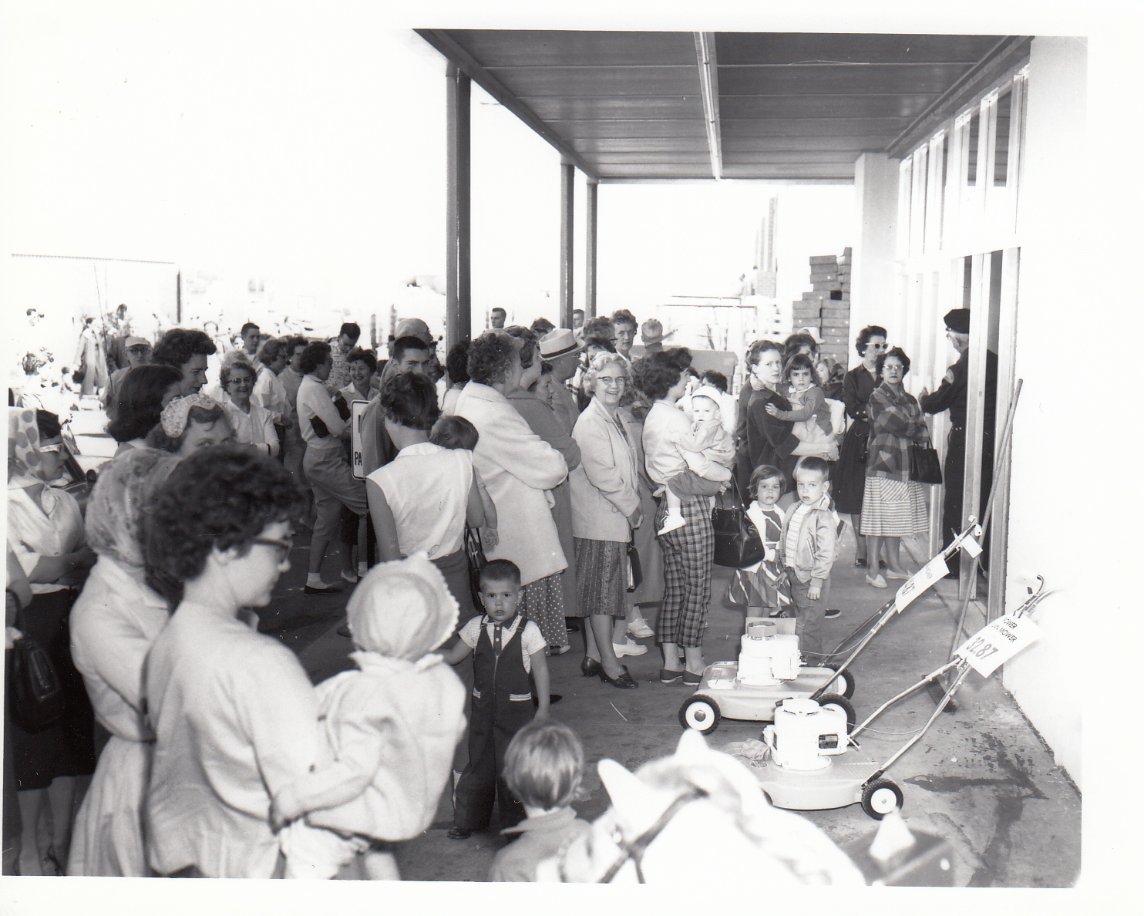
Dayton’s wanted a store that was “fun, fast, and friendly” — a department store with its sleeves rolled up, as one journalist put it.
One Brilliant Idea
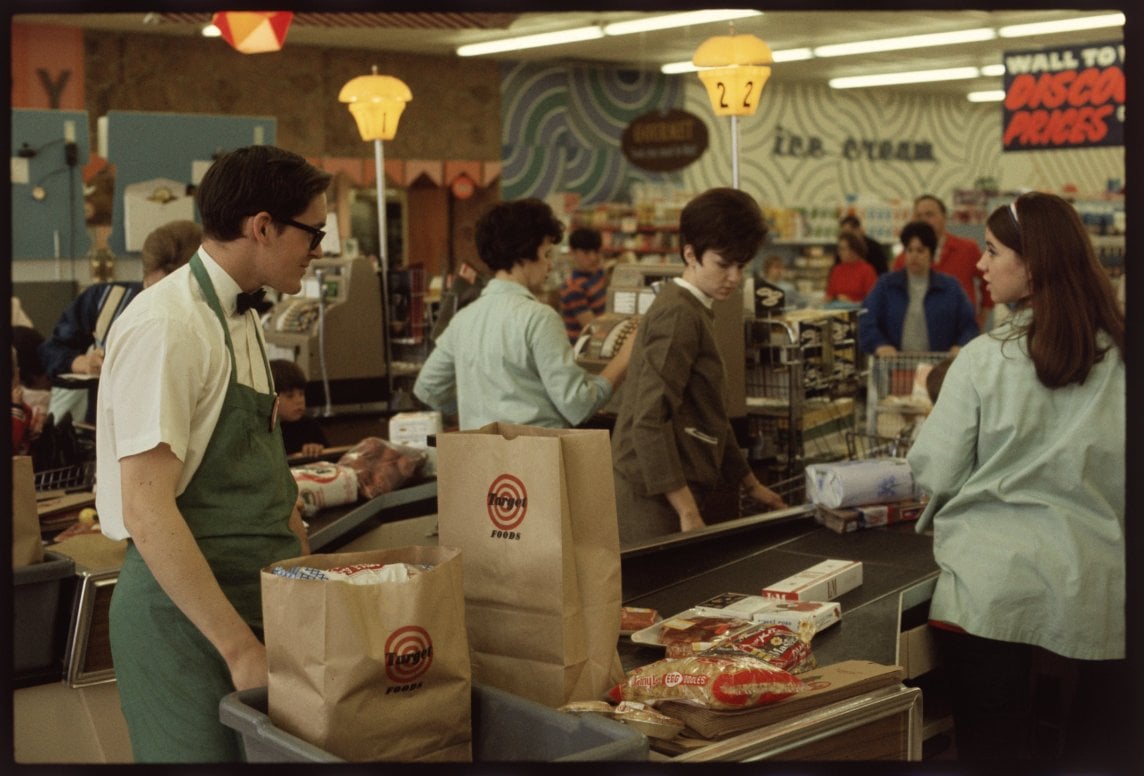
The store’s name and bullseye logo weren’t the result of a committee design — they came to Stewart K. Widdess in a flash of inspiration after reviewing over 200 other names.
Sign up for our newsletter
Style on Display
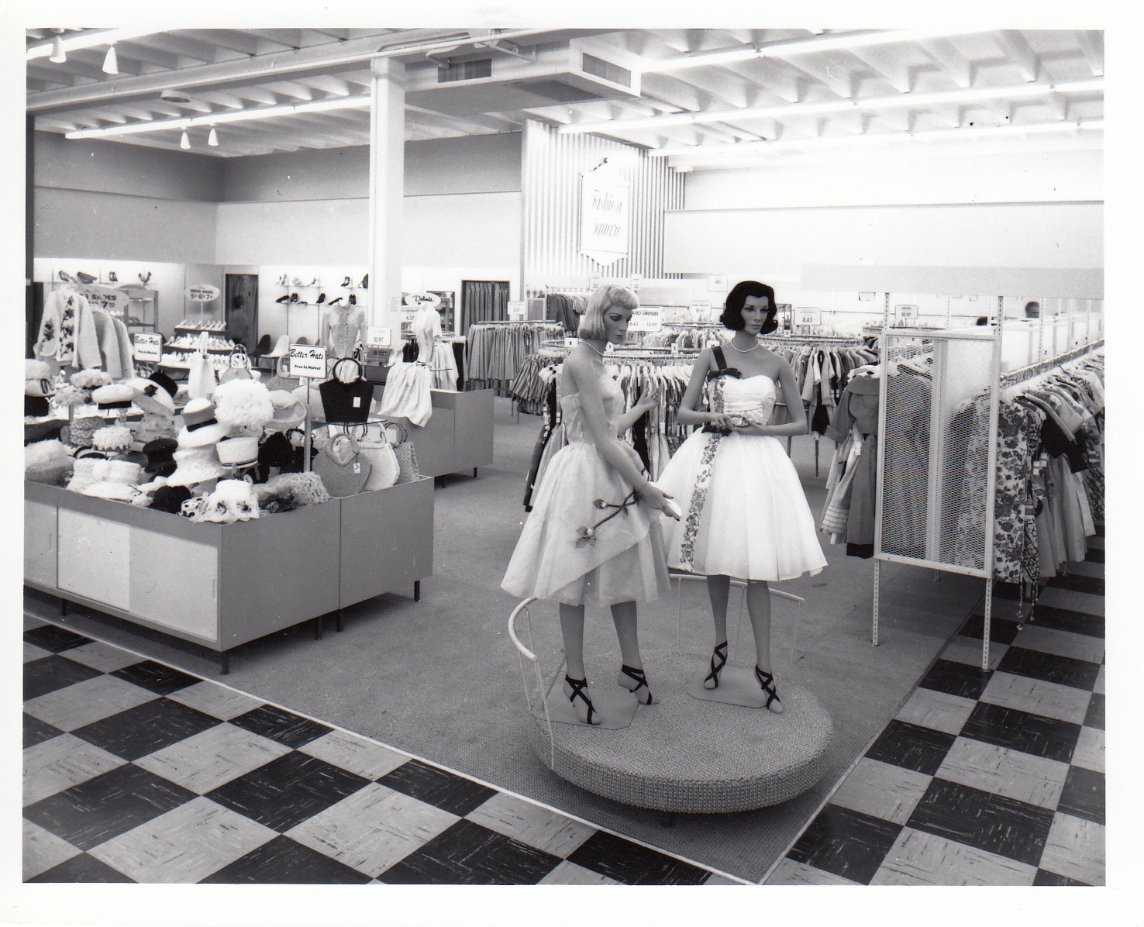
Target’s first store was enormous for its time: 135,000 square feet and more than 75 departments under one roof.
Fashion That Didn’t Break the Heel — or the Bank

In 1962, ladies’ shoes at the first Target ranged just $2.85, $3.85, and $4.85 — proof that even stylish soles could hit the bullseye on price.
A Little Sparkle Goes a Long Way
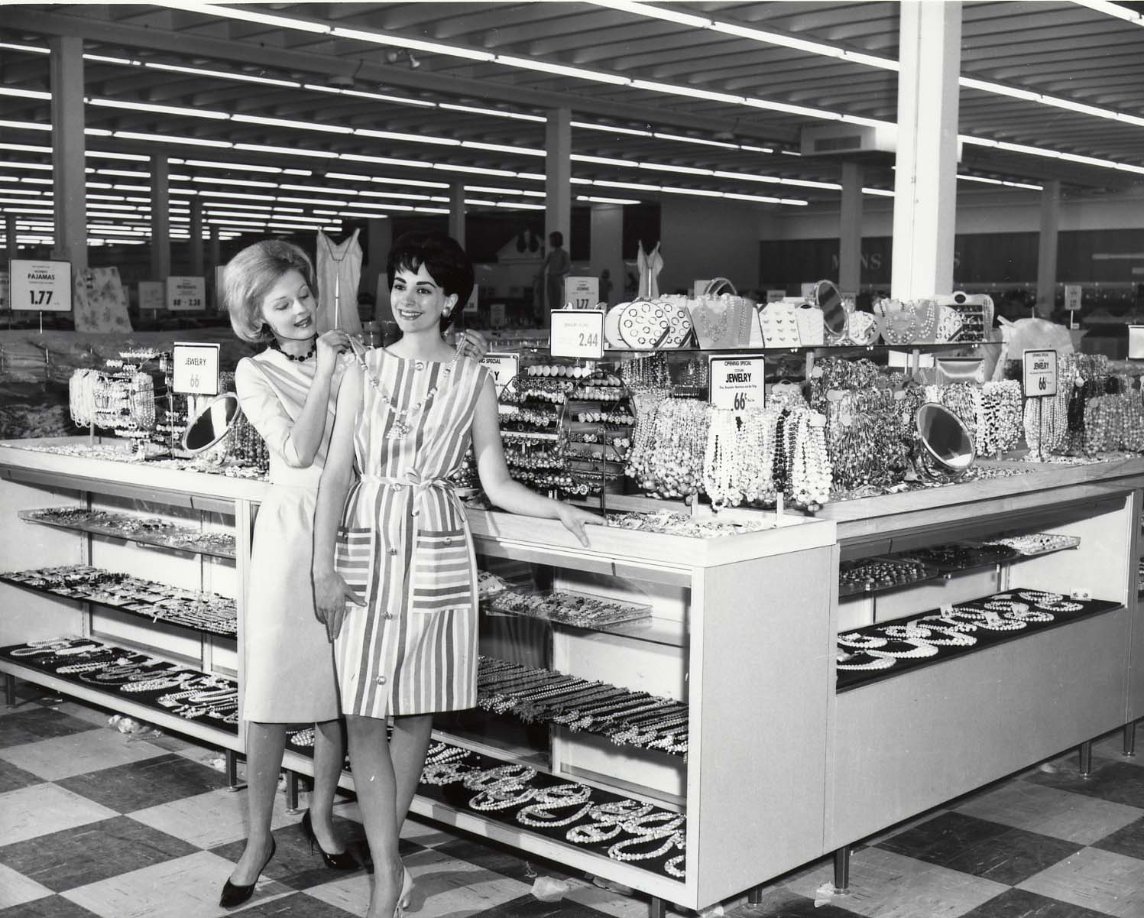
Target’s first store in Roseville featured a full jewelry section, offering costume pieces priced from $1 to $10 — Dayton’s department-store polish at discount speed.
Polish, Poise, and a Perfect Price Tag
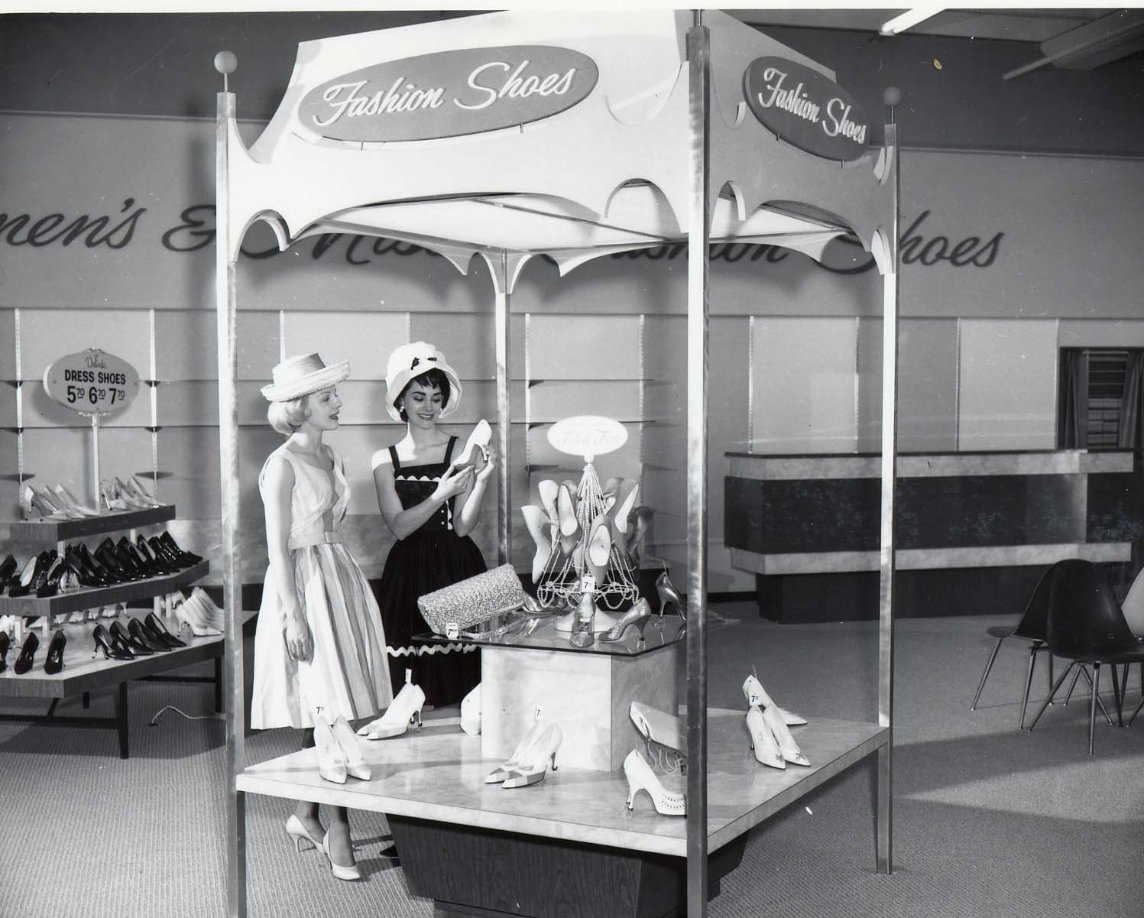
Women’s dress shoes at the first Target averaged $6.70 a pair — a fraction of department-store prices but made with the same suppliers Dayton’s used.
Home Sweet Savings
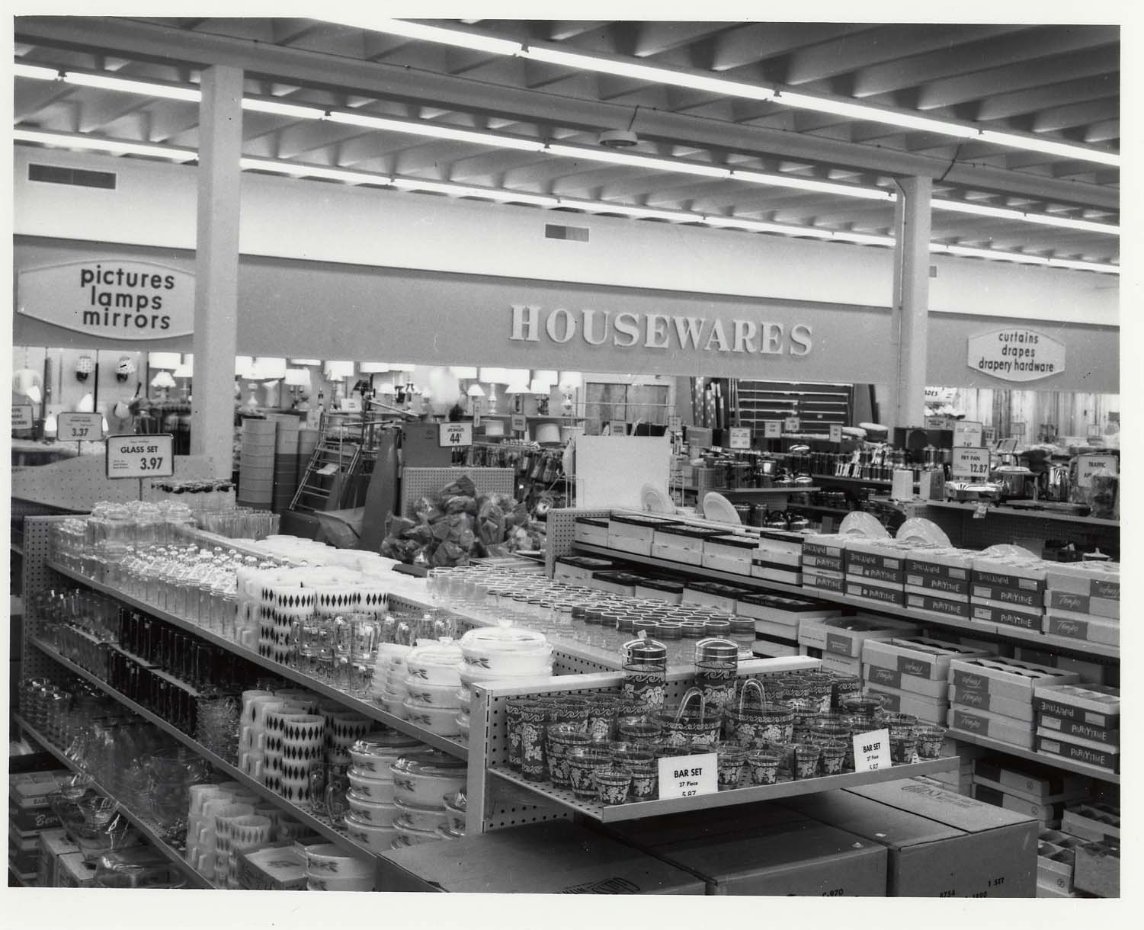
From frying pans to floral teapots, this aisle proved you could deck out a whole kitchen without burning the budget.
Pharmacy Finds
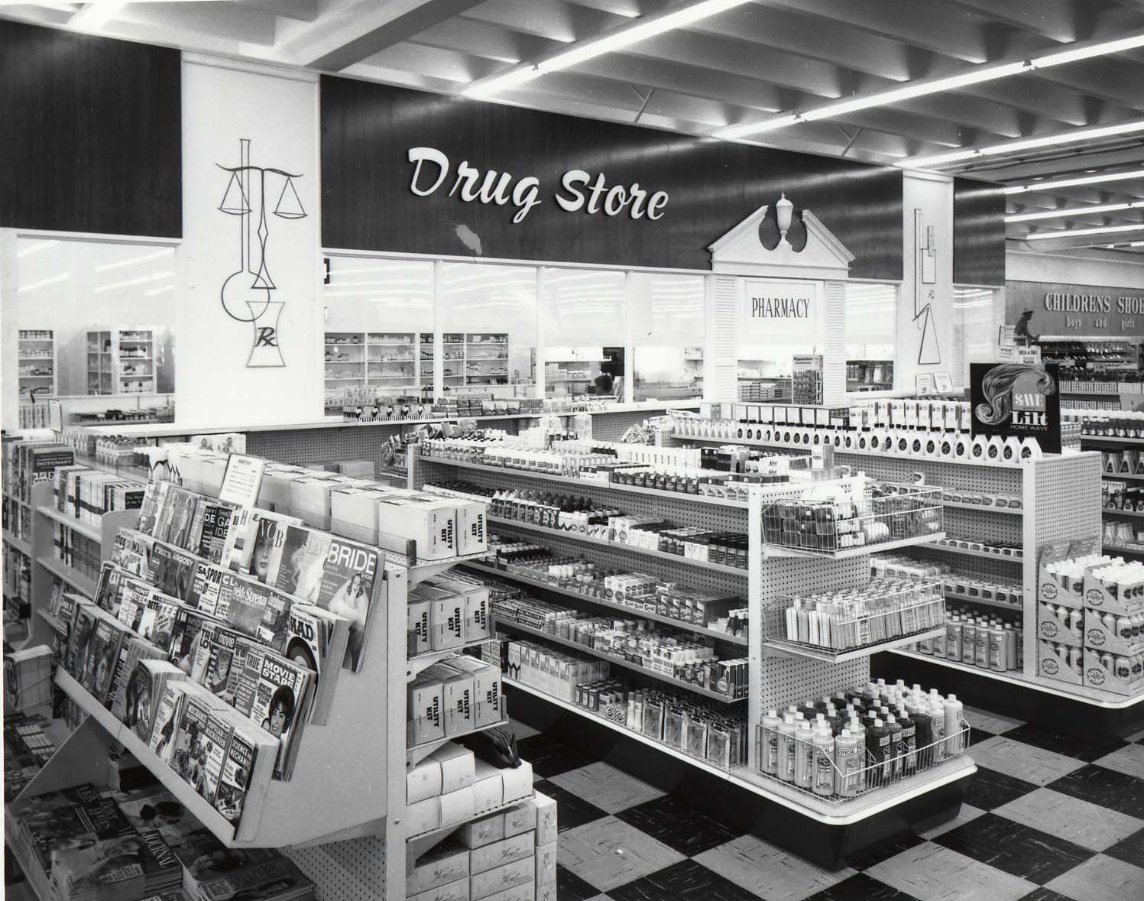
The first Target included a full drug and cosmetics department, offering pharmacy staples and beauty brands like Revlon and Colgate at prices up to 20% lower than downtown competitors.
A Visionary Promise
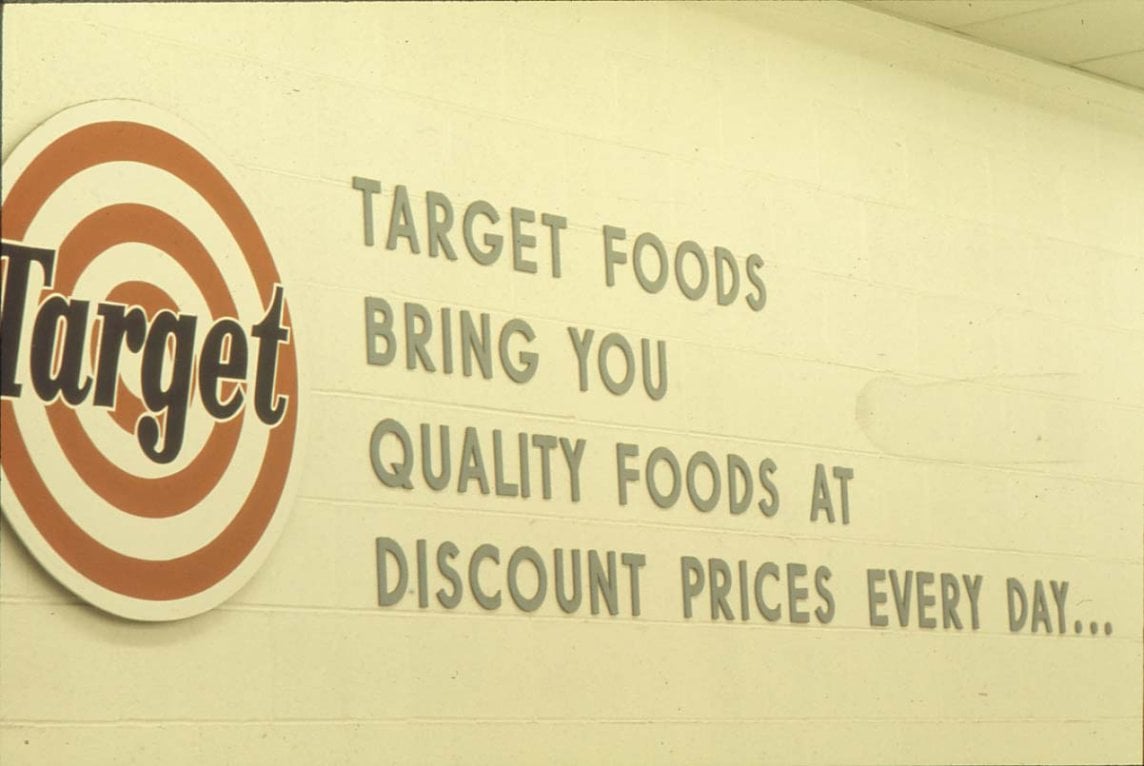
Before “Expect More. Pay Less.”, Target’s marketing promised “famous brands, lower prices, and a modern place to shop.”
Got Milk — and a Bargain
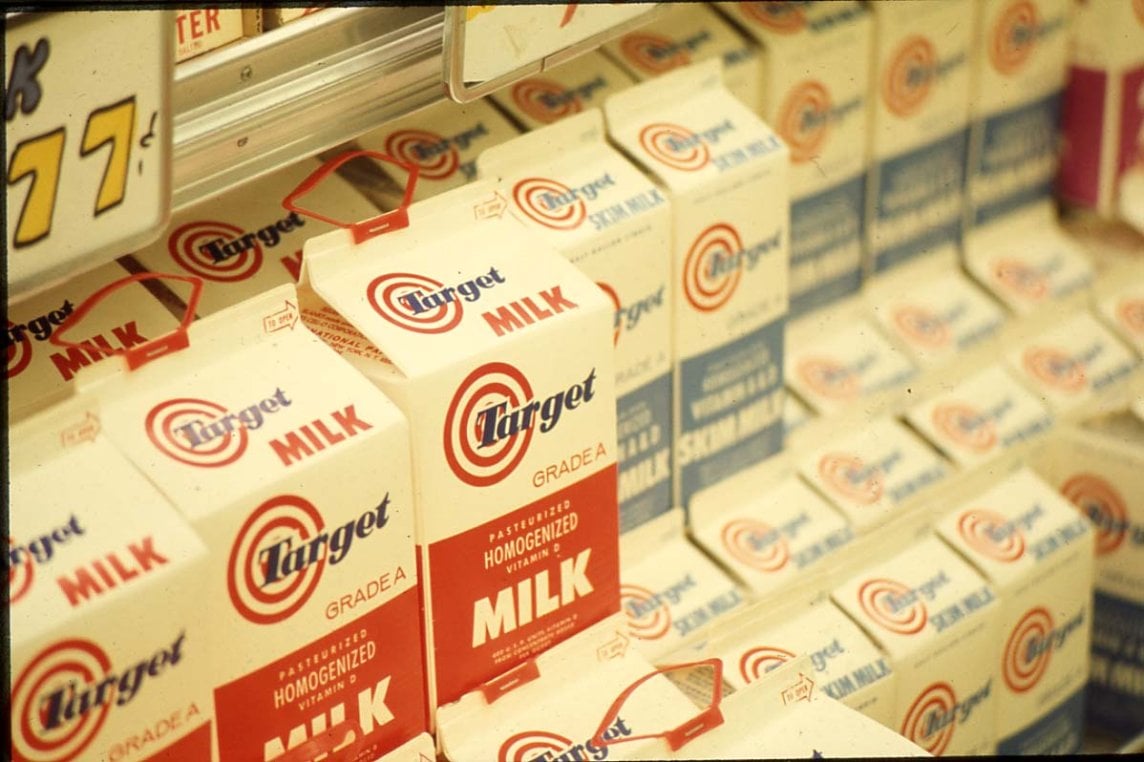
In 1962, a gallon of milk averaged $1.04 nationwide. The first Target stocked dairy basics alongside detergents and bread — an early hint of today’s one-stop shop.
Dairy Deals Done Right
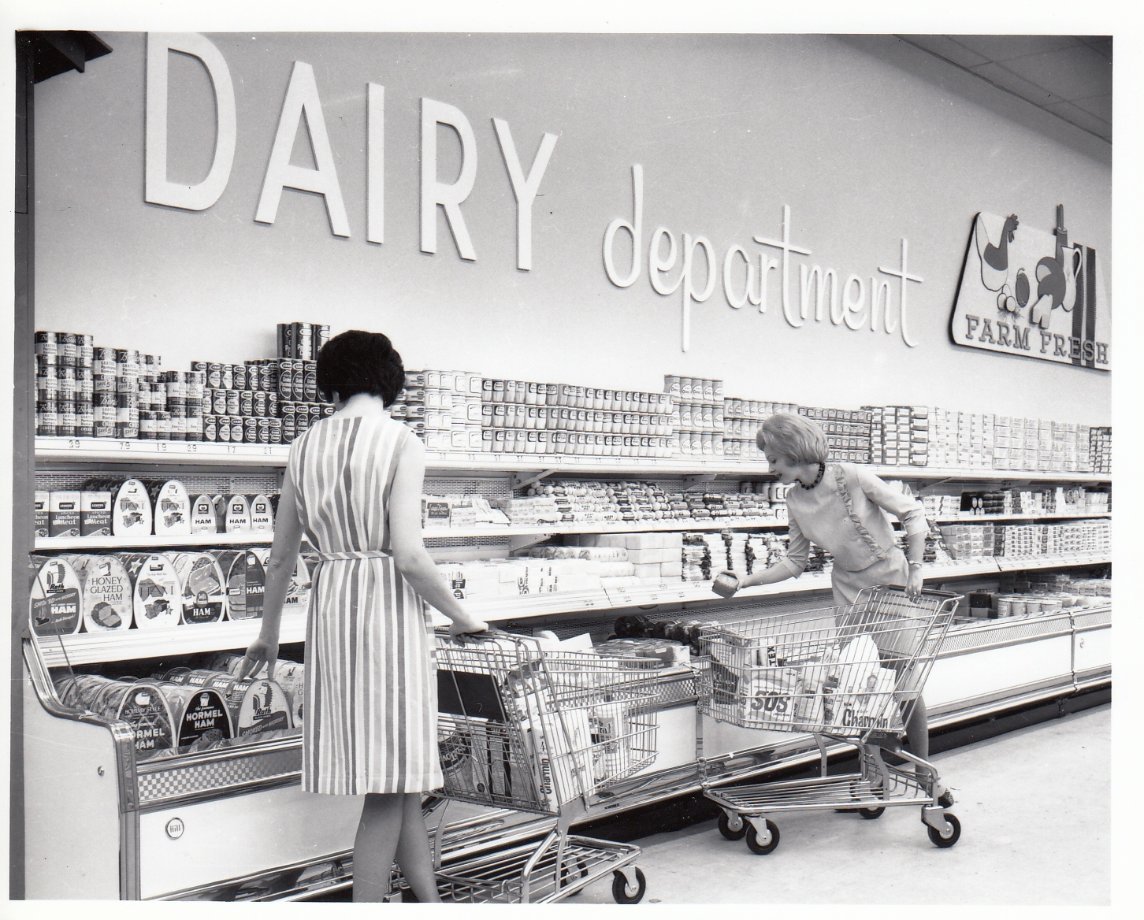
Target’s first dairy department felt futuristic in 1962: bright-lit coolers, self-serve refrigeration, and prices that undercut local grocers by nearly 10%.
Polished Floors, Polished Image

The store’s bright fluorescent lights and polished floors were inspired by Dayton’s downtown flagship, not typical bargain basements.
Smart Store For Smart Shoppers
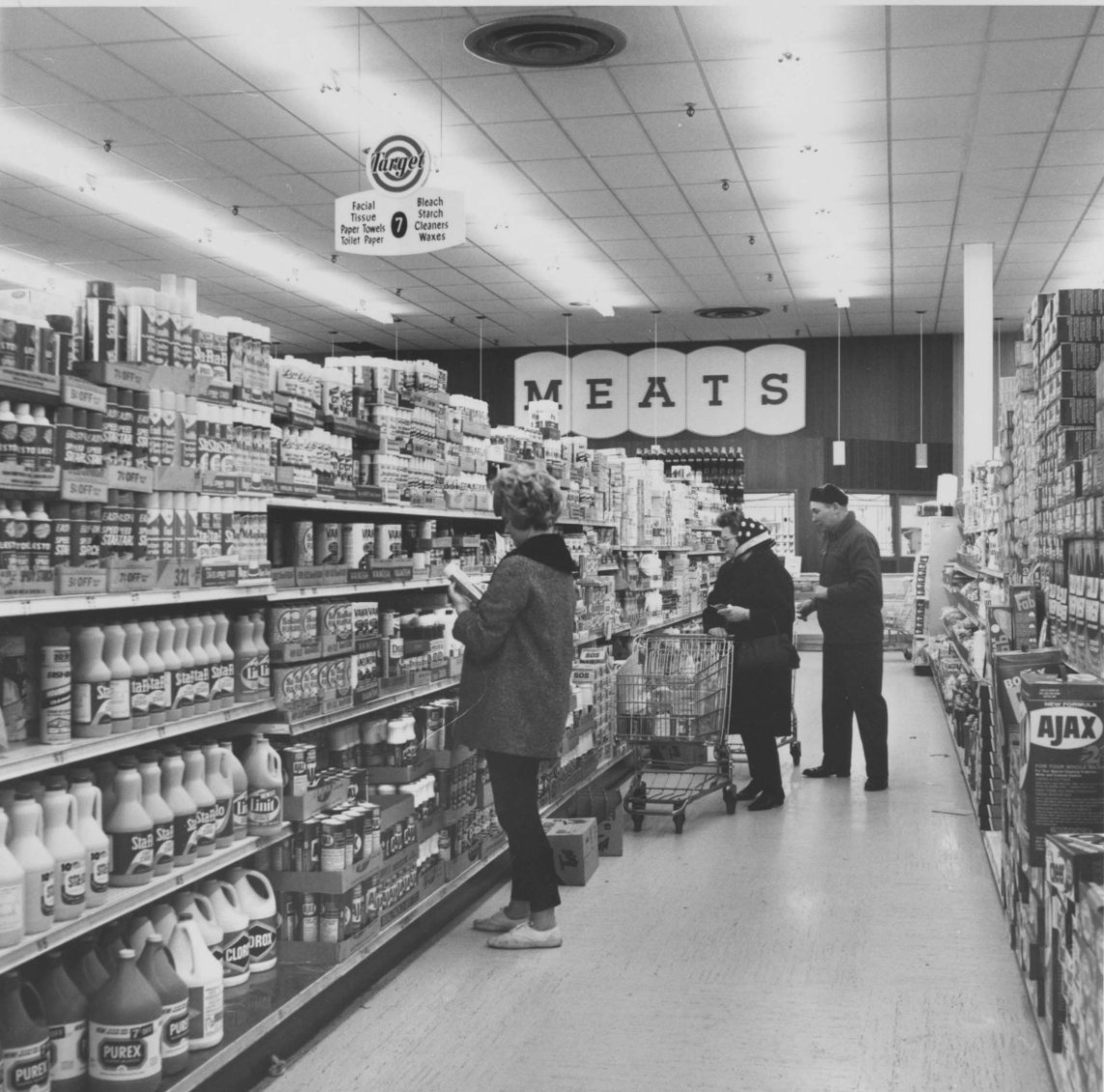
Doug Dayton, Target’s first president, called the concept “a department store for the budget-minded.”
Checkout, 1962 Style

There were no scanners or barcodes in 1962 — cashiers memorized hundreds of price points and punched them in manually.
The Sound of Savings

No scanners, no beeps — just fast fingers and a satisfying cha-ching! every time a bargain hit the register.
Convenience, the Original Way

Before curbside pickup was cool, shoppers in ’62 loaded trunks with bargains — proof that convenience has always been on Target.
Restaurant Break

Shoppers took a break under bright red counters and chrome stools, sipping 10-cent coffee and chatting about the novelty of a restaurant inside a store.
Plenty of Parking

That first Target’s parking lot could hold nearly 400 cars — a nod to postwar suburban life built around the automobile.
A Suburban Dream Gone National

What started as a single suburban store in 1962 grew into a national phenomenon — but the bullseye has never missed its mark.
If You Love Target, Don’t Miss These Stories
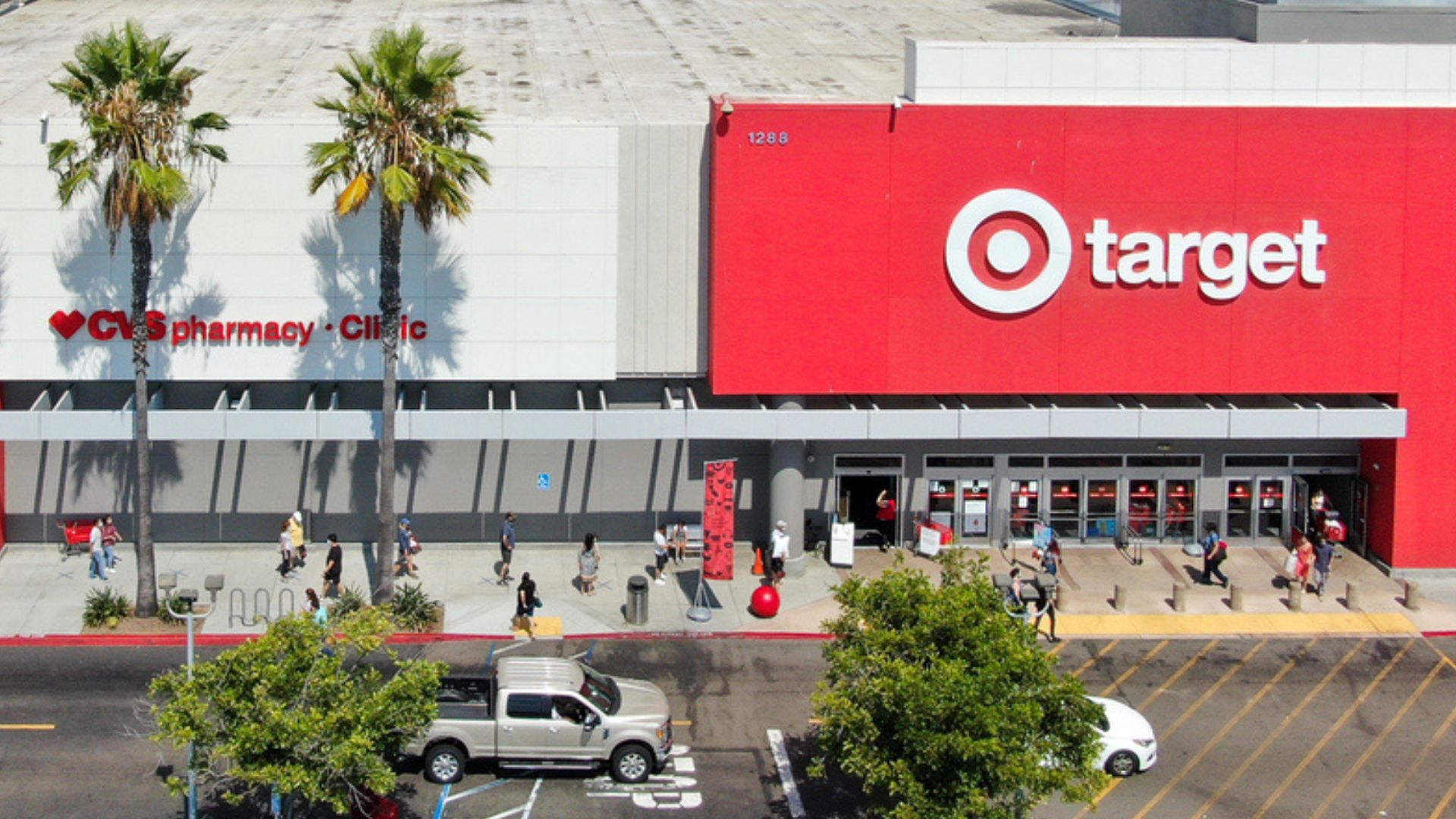
- 7 New Target Stores Opening in October 2025 — The retailer is rolling out seven new store locations this fall as part of a larger plan to open more than 300 stores nationwide over the next decade.
- Target Thanksgiving Meal Is $20 This Year: What’s Inside — For 2025, Target’s Thanksgiving dinner bundle serves four people for about $5 per person, marking the lowest price yet for the retailer’s holiday meal deal.
- Target Cuts Prices on 3,000 Items in Stores Nationwide — As shoppers face an affordability crisis, tariffs, and the stress of upcoming holidays, the company aims to ease the pressure.
